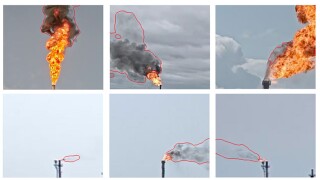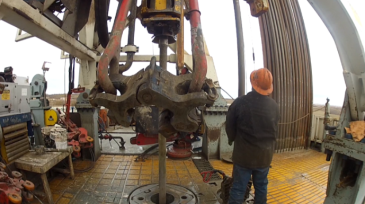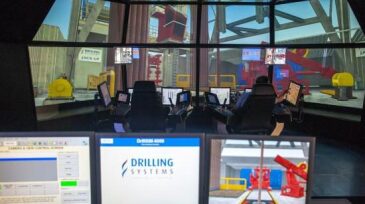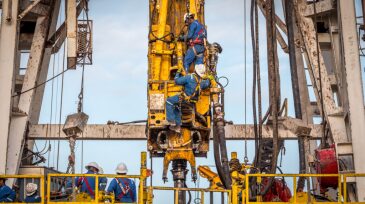Safety
A resilience-based approach to safety was the focus of a panel of experts at the 2025 SPE Annual Technical Conference and Exhibition in Houston.
This paper focuses on developing a model that can be used in an automated, end-to-end flare-smoke detection, alert, and distribution-control solution that leverages existing flare closed-circuit television cameras at manufacturing facilities.
This paper presents a physics-informed machine learning method that enhances the accuracy of pressure transient analysis, predicting reservoir properties to enhance waste slurry injection and waste disposal.
-
Seadrill has announced implementation throughout its fleet of a health program designed for employees before they leave for work on one of the company’s rigs.
-
Recommended Practice 54, "Occupational Safety and Health for Oil and Gas Well Drilling and Servicing Operations," provides procedures for promoting and maintaining safe and healthy working conditions for personnel in drilling and well servicing operations.
-
Workers in specific settings and activities are at increased risk for certain infectious diseases. When an infectious disease case occurs in a worker, investigators need to understand the mechanisms of disease propagation in the workplace.
-
The TRITON/TRISIS/HatMan malware incident proved that the worlds of process safety and industrial control systems should be looked at holistically, not just from the standpoint of potential cyberthreats.
-
The North Dakota Petroleum Council is introducing One Basin—One Way, a program that hopes to reduce orientation redundancies and streamline training.
-
The need to optimize tank turnaround schedules is as great as it has ever been within the midstream sector, but traditional human-based tank inspections often cut into uptime while introducing safety risks. New robotic applications aim to alleviate these issues.
-
For safety training, quality appears to be more important than quantity, according to a study conducted by Environmental Resources Management. The 2018 Global Safety Survey examined responses from 144 safety leaders from 120 corporations, approximately 20% of which were oil and gas companies.
-
This paper argues for a new workplace safety and health 4.0 strategy that requires an adaptive and highly responsive approach to promote total worker health in the face of rapid technological advancements.
-
The Oil and Gas Institute at Robert Gordon University is working with Drilling Systems and its drilling, well-control, and lifting simulator technology to help oil and gas companies identify ways to improve efficiencies and raise safety standards.
-
Culture, not controls, will drive the next phase of industry safety evolution, said presenters at a recent HSE conference.













